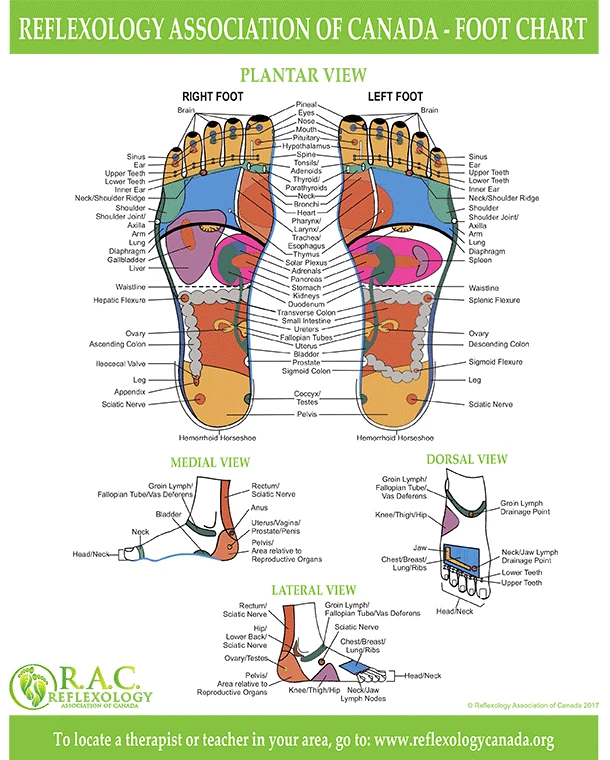Alternatives for Sports Recovery This Season
Saturday, July 25, 2020, 02:30 PM
Sports are a universal language across the world and are an important part of many people's lives. Whether in an elementary gym class or a professional sports league, most people have played a sport. For those who do play sports, it almost seems that getting injured is inevitable.
Here are three alternative ways to prevent and help alleviate sports-related injuries that might not have come to mind.
Massage Therapy
It is a common misconception that massage therapy for injury prevention and rehabilitation is only meant for professional athletes. It is not only frequently used by active people to help heal injuries and alleviate pain, but to assist in preventing additional injuries.
Massage therapy helps the body heal more quickly by breaking down adhesions and scar tissue, increasing mobility in the muscles, and increasing blood flow. Increased blood flow improves circulation, which in turn raises the amount of oxygen and nutrition in the muscle and helps strengthen it.
In a therapeutic massage, therapists will use different techniques and strokes such as kneading, myofascial release, and skin rolling, to provide the most benefit to the client.
Oils are also used to enhance the work the massage therapist does by allowing the hands to flow smoothly over the skin. In some cases, therapists may also include aromatherapy.
It is recommended that clients allow their body to fully heal after a massage therapy session in order to receive the full benefits of the treatment.
Reflexology
Reflexology is growing in popularity because it is effective in reducing stress, anxiety, and headaches. In addition to many other benefits, reflexology can also help reduce pain and decrease recovery time for many sports-related injuries.
Reflexology is based on the practitioner's ability to enable healing in a specific part of the body through reflex response. The most common is foot reflexology, where practitioners stimulate the reflex points on the feet to trigger a response in a corresponding organ or structure. However, reflexology is also performed on the hands and ears.
A reflexology treatment occurs in two phases. During the first phase, the therapist gently stimulates and balances the whole body, identifying specific points needing additional work at this time.
The location of an injury or other vulnerability in the body will determine where on the foot the practitioner will focus the most. See the chart from the Reflexology Association of Canada below for a better look at the acupoints in your feet.
Reiki
Energy healing does not typically come to mind for athletes looking for support for an injury. In fact, those unfamiliar with energy healing might be unaware of the benefits it can offer.
Reiki is a Japanese energy technique that focuses on the body's ability to heal itself. Practitioners begin by invoking the Reiki energy before lightly laying their hands on specific points of the client's body.
If the practitioner identifies "hot spots," which are areas where the practitioner feels energy disruption, they will spend additional time there.
In a Reiki treatment, the practitioner is simply a channel to identify problem areas and focus energy on each of those spots. When you are receiving this treatment, clients are encouraged to remain calm and breathe deeply.
Reiki is a common treatment used by some professional athletes to help speed up recovery time, relieve pain, improve focus, promote balance across the whole body, and enhance performance.
Try a Holistic Approach to Sports Recovery
If you are currently recovering from an injury, just getting into your season, or training for your next competition, give one of these treatments a try. Each of the three holistic practices we in this blog can be beneficial not only for recovery, but also to improve performance and prevent injury in athletes.
Check out our Member Directory to find a practitioner in your area!


